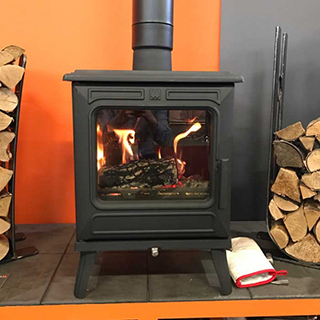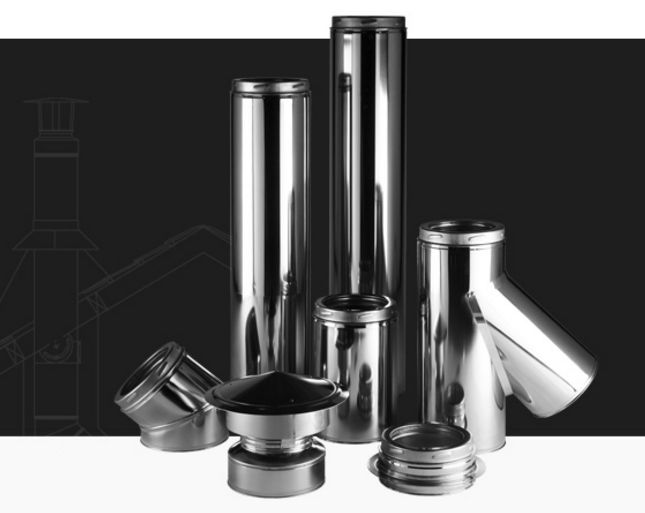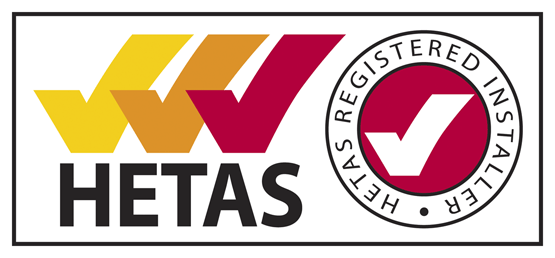With more and more people looking at installing a wood-burning stove in their homes it is perhaps time to look at common mistakes in this area. While the regulations are perfectly clear we have seen occasions where people installing stoves have tried to cut corners and cut costs to the detriment and potential safety of the customer. You would automatically assume in this day and age that installers would stick rigidly to the regulations although unfortunately this is not always the case.
Combustible materials
The register plate is a vital element of any stove installation because it is literally a failsafe mechanism which will stop leaked gases from entering your room. It is also there to collect any debris which may fall down your chimney to the potential detriment of your stove and your safety. While the vast majority of stove installations will have a flue liner as standard there will be occasions where there is no flue liner. In the event of gas leaks it is imperative that the register plate, commonly made of steel, is secure.

We have heard bizarre stories of installers using combustible materials such as chipboard which is not only against the regulations but also highly dangerous. If you look at the guidelines with any wood-burning or multifuel stove you will also see a minimum measurement between your stove and any potentially combustible materials. Take heed!
Poor connections
There are obviously connections between the stove and the flue liner which need to be secure at all times to ensure that carbon monoxide gas is filtered through the flue liner and into the atmosphere. It is imperative that these connections are monitored and maintained on a regular basis because if these connections become loose you may be exposed to carbon monoxide. This is a highly dangerous gas which has no smell and is impossible to see with the naked eye. However, we have seen fatal instances of carbon monoxide poisoning as a result of faulty stove/flue liner connections.

Thankfully the regulations have been changed so by law each stove installation requires a carbon monoxide alarm. This alarm will monitor carbon monoxide levels in the atmosphere and alert those in the vicinity of any potential dangers. This is another reason why it is highly advisable to have a HETAS approved installer fit your stove.
Building regulations
It is possible to install your own stove without the aid of a HETAS approved installer but this is extremely risky. In this instance you would install the stove although it would need to be signed off by your local authority building control department. A HETAS approved installer can self-certify an installation themselves once the stove has been installed and checked. Unfortunately, we have seen many instances where non-HETAS approved installations have taken place that have not been signed off correctly by the local authority building control department.
This is illegal, extremely dangerous and there are potential implications if you were to make a claim on your insurance policy. This is why it is extremely important to ensure your stove is signed off correctly and we always recommend using HETAS approved installers. You may be able to save a few pounds by installing the stove yourself, or with a friend, but there are many dangers which people fail to realise.

